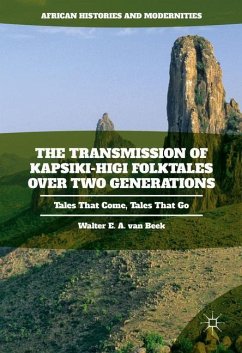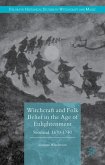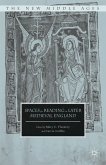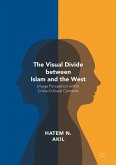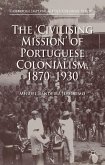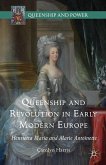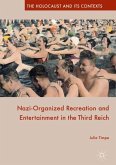This study on Kapsiki-Higi tales compares two corpuses of stories collected over two generations. In this oral setting, folktales appear much more dynamic than usually assumed, depending on genre, performance and the memory characteristics of the tales themselves. In northeastern Nigeria the author collected these tales twice with a time gap of two generations, in order to assess the dynamics of this oral transmission. The comparison between the two corpuses shows that folktales are a much more dynamic cultural system than is usually thought. These dynamics affect some types of tales more than others, reflect social change and intergroup contact, but also depend on characteristics of the tales themselves. Cognitive approaches of memory shed light on these varieties of transmission, as do performance aspects in tale telling, in particular ideophones.
Bitte wählen Sie Ihr Anliegen aus.
Rechnungen
Retourenschein anfordern
Bestellstatus
Storno

